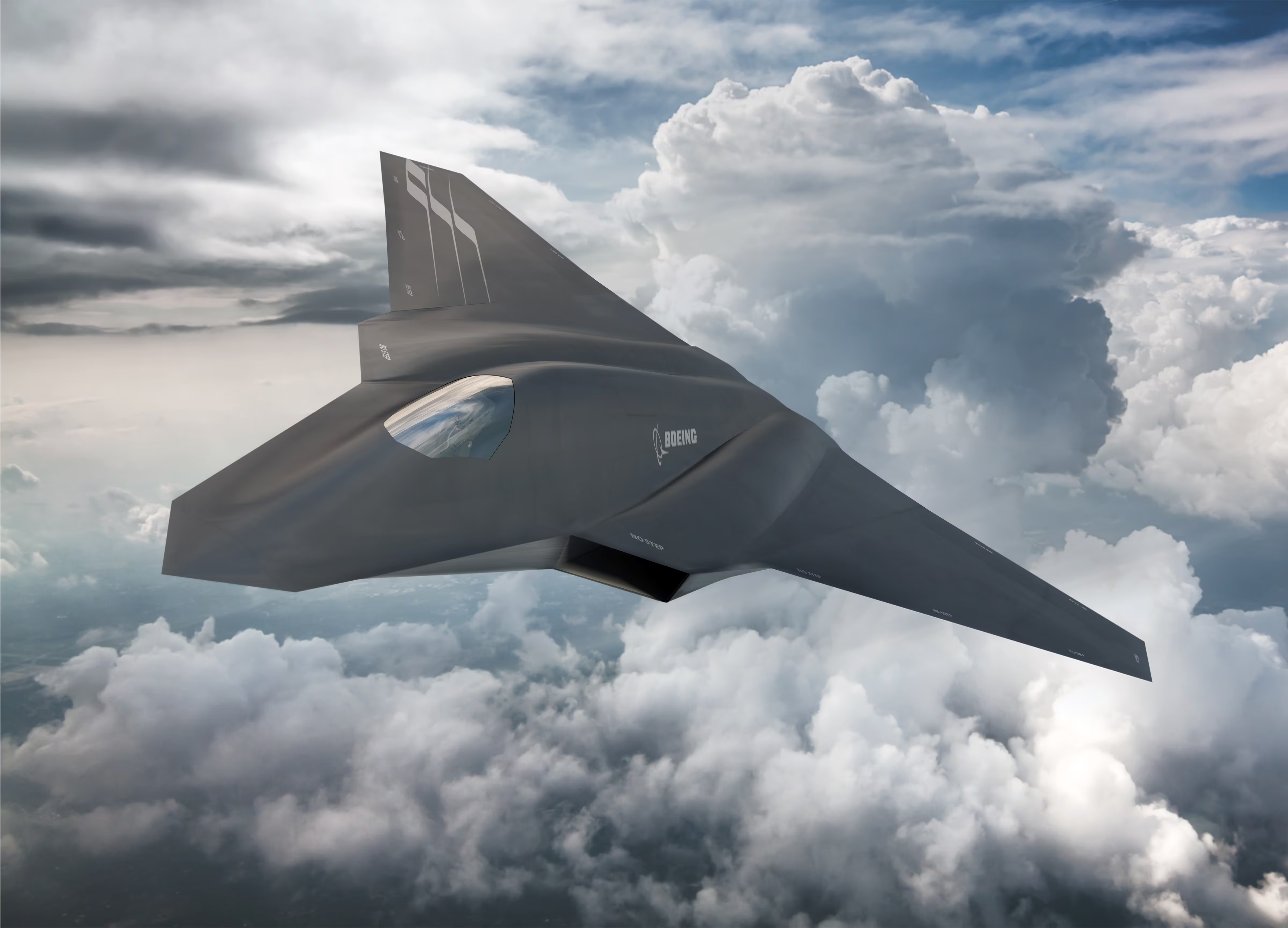WASHINGTON — A measure in the House’s fiscal 2024 defense policy bill aims to keep various technologies related to the Next Generation Air Dominance program moving forward in sync, even as one lawmaker said the Navy has fallen behind its Air Force counterparts here.
The provision in the FY24 National Defense Authorization Act would require both the Navy and Air Force secretaries to submit alongside their annual budget requests “development and technology maturation progress reports” for the Next Generation Air Dominance program and the complementary effort for collaborative combat aircraft.
NGAD is a sixth-generation fighter program that would pair with unmanned aircraft, including the CCA acting as a so-called loyal wingman.
Rep. Rob Wittman, R-Va., who chairs the House Subcommittee on Tactical Air and Land Forces, told Defense News that “the Navy needs to speed that up, so that’s why we want to report on what they’re doing.”
The Air Force is juggling several technology development efforts in parallel, including work on advanced engines and a next-generation tanker to give the NGAD fighter additional range in highly contested environments. Wittman said he wants to ensure one technology doesn’t fall behind, and potentially lead to bad decisions for other components.
If the various technology development efforts are properly aligned, “we can either deliver on time or deliver to the left,” or ahead of schedule, he explained.
One nightmare scenario, he said, is that the aircraft’s development gets ahead of engine development, and the Air Force eventually realizes it made a bad decision that would have been avoided if the engine had matured faster.
“We want to see all those things happen in a sequence where one takes advantage of the other … so we’re making maximum use of resources,” Wittman said of the annual reporting requirement.
Asked about the gap between the Navy’s and the Air Force’s progress on NGAD, Wittman said the Navy must set its requirements beyond simply seeking a carrier-based fighter.
The Air Force about five years ago realized its fifth-generation fighters were at risk from Chinese weapons within the first island chain, Wittman noted. (The first island chain runs parallel to the mainland of the Asian continent, starting in the Kuril Islands, through the Japanese Archipelago; includes Taiwan and the northwestern portion of the Philippines; and finishes in Borneo.)
The Navy, he added, at first believed it could mitigate the threat by keeping its aircraft carriers farther away and sending its fifth-generation F-35Cs in along with tankers to increase their range. But, Wittman continued, the jets and the tankers are still at risk, and so this sixth-generation NGAD program is important to the sea service.
“The Navy is behind, and I don’t want the Air Force to mark time while the Navy’s trying to catch up,” Wittman said.
“But I do think the things that the Air Force is doing will inform the Navy, and the Navy should, with that, be able to make big steps forward that they otherwise couldn’t make if they were doing this on their own. So what our expectation is, is the Navy can do a significant amount of catch-up, based upon what the Air Force is doing.”
Megan Eckstein is the naval warfare reporter at Defense News. She has covered military news since 2009, with a focus on U.S. Navy and Marine Corps operations, acquisition programs and budgets. She has reported from four geographic fleets and is happiest when she’s filing stories from a ship. Megan is a University of Maryland alumna.








